Team Values, LEGO Serious Play, and Team Charter Canvas
An Experimental Setting
I am interested in the following experimental format to run open space sessions on LEGO Serious Play and team chartering:
. Introduce people with few pre-knowledge to both: the principles of LEGO Serious Play and Team Chartering.
. Use Team Charter Canvas as the field of application.
. 60 min for the workshop only.
I ran these experiments in sessions of the open space (un-)conferences AgileCologne2016 (16 participants) and #play14.2016 Luxembourg (24 participants).
When you do team building workshops at conferences, you are always faced with a kind of artificial/ laboratory situation. The people attending never are real teams in their work life. They convene for the session only.
Therefore, I defined the following scenario for all these workshops upfront:
We are the organiser team of the <Conference> (AgileCologne2016 | #play14).
It is the first time we come together, its the first conference/event we organise, and its our job to perform best as an agile team.
As team building event we do team chartering with the Team Charter Canvas and LEGO Serious Play.
LEGO Serious Play and Team Charter Canvas
It is quite challenging to introduce 16 newbies to the concepts of LEGO Serious Play and to illustrate the essence of team chartering (team values and norms, roles and responsibilities, etc.at the same time).
To set the participants into a relaxed environment, we sat in a circle on the floor. I used the Lego Windows Exploration bags, all players had the same set of bricks.
Warm-up Exercise and Metaphorical Thinking
As a warm-up exercise (5 min) and to bring the players in a certain flow of playing, I asked the attendees to fiddle with bricks and to build something undesigned first. Concurrently, I introduced the players to use LEGO models as metaphors.
After 1 minute, I asked: "Build upon what you already have built a model of your expectations to this workshop".
After another minute, I mentioned that playing with the bricks and creating individual models is time-boxed: "Now, you have 3 min. to build your model".
When the time was up, everyone explained her expectations round-robin (less than 1 min each). To show how details in a model figures the interpretation, I asked a few times for more explanations.
Pictures been taken at #agilecologne, #play14:
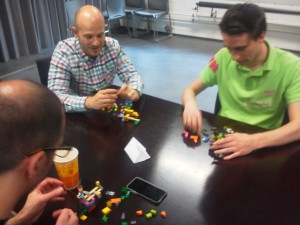 |
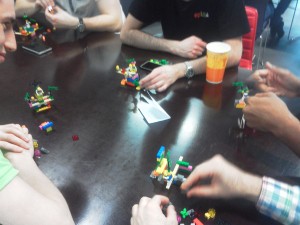 |
|
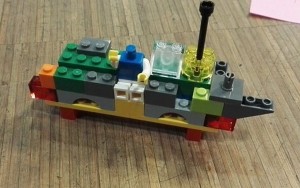 |
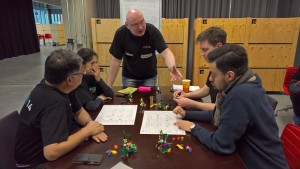 |
Then we summarised briefly the concept of metaphorical thinking:
- all models are different;
- all models show personal opinions figuratively;
- all models are valid answers to the question.
Team Chartering
Then I split the participants in groups of two. Each group got a copy of the Team Charter Canvas in front.
I mentioned again the team setting (being the Agile Cologne 2016 resp #play14 organisers). And with the help of the canvas, I explained all necessary elements for a well-structured team charter briefly:
- WHAT: the team try to achieve / deliver.
- What is the measurable team outcome / performance, benchmarks towards constant improvement based on success criteria determined by the team?
- WHY: the team exists:
- WHAT ELSE: for the team:
- What is within and outside the scope of the team?
- What are the limits of formal authority of the team?
- What are the area of influence or what may the team do with permission?
- What are the shared responsibilities or areas in which team members are expected to initiate action to support others?
- HOW: the team approach its goals.
- They ground operational Norms,
- Constitutes Team’s Belief system,
- Are the fundament of intrinsic motivation and empowerment, and the foundation of Improvement.
- How does the team business?
- How treats the team others?
- HOW: the team govern itself, make decisions, resolve conflicts, communicate, and improve.
- WHICH: identify the unique skills and strengths each team member has.
- WHO:
- Who plays which role in the team?
- Who is responsible for what in the team?
Then, each group selected a quadrant of the canvas they wanted to work on during the remaining time. It was optional to the groups to whether they built one LEGO model as group result or two models by each group member. (5 min)
After building their model(s), each group explained their model(s) and put it on canvas in the circle centre.
Pictures been taken at #agilecologne:
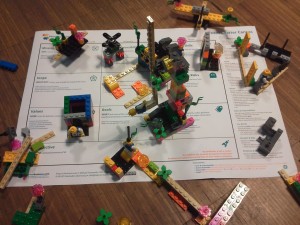 |
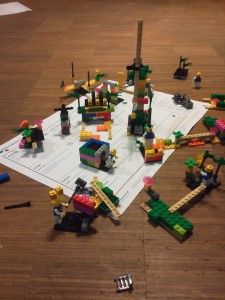 |
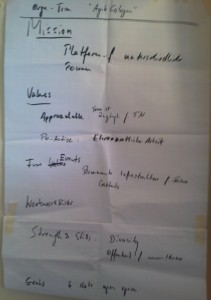 |
Levels of Reflection
In a LEGO Serious Play workshop, the topic under investigation is always reflected from different perspectives and levels of abstraction.
Due to the timing constraints, this format allows only to mention this, at the end to amplify the application.
In one workshop (Agile Cologne 2016) the participants selected each a different canvas' quadrant to work on. Then every group shared their results in the circle to one big picture.However in workshops with many participants, it happens naturally that multiple teams work on same quadrants.
However in workshops with many participants, it happens naturally that multiple teams work on same quadrants. In this cases, you would start in a LEGO Serious workshop to create shared models and to elaborate on differences, commonalities, and emergencies.
At #play14.2016 Luxembourg, the participants formed teams of two. We had 4 tables with 3 teams each. On each table the teams chose different quadrants. Of course some quadrants like "Values" were picked several times. I managed the timing thus all participants visited each table in a row and the teams at each table explained their models. Thus the teams who worked on "Values" for example experienced the differences and commonalities of these results.
Pictures been taken at #play14:
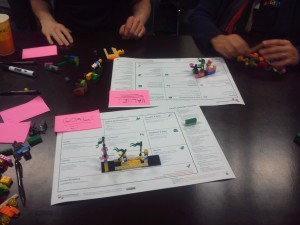 |
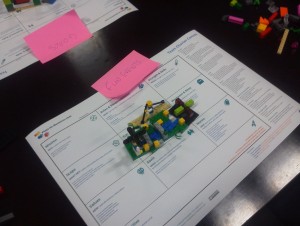 |
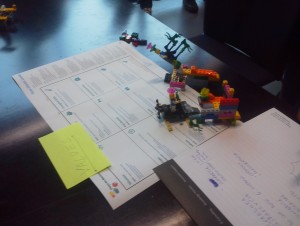 |
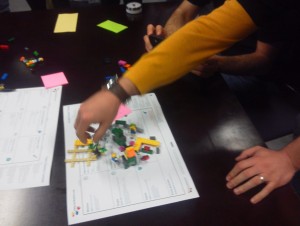 |
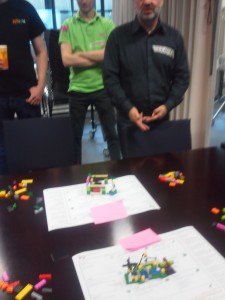 |
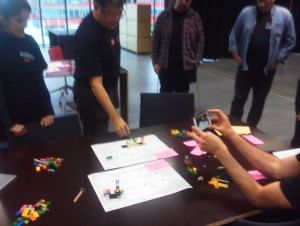 |
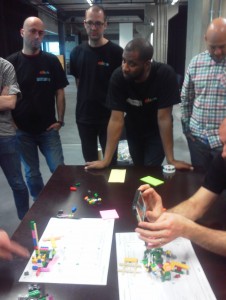 |
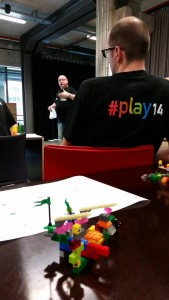 |
I emphasised this experience with the closing remark, that in a real LSP workshop where more time is available these findings were caught up in an exercise to build a shared model of all individual team models of each quadrant — for example, a shared model of all "Values" models. Using the shared model missing or surprising items can be investigated in further details.
Participants Feedback
To facilitate a workshop on two topics — LEGO Serious Play and Team Chartering — was a challenging experiment. And it worked. The participants got the mechanics of LEGO Serious Play, its application, and the idea of team chartering.
One remarkable observation: in team building exercises people tend to reflect and to value the product rather than the team. Two groups built models characterising the conference (the product) rather than illustrating the team.
Summary:
Yes, it is possible to run with 16 people in 60min a workshop illustrating the principles of team chartering and LEGO Serious Play simultaneously.
Further Readings
- Download free Team Charter Canvas A0-Poster
- Norms & Values — Why Team Building is Complex & How To Simplify It
- Michael Tarnowski: The Prime Directive. How To Charter Your Team Best (With LEGO Serious Play) - Slideshare
- Michael Tarnowski: Setting up Vision & Culture for Departments and Teams - Slideshare
: Philipp Grimmel, @PhilippGrimmel, via twitter.com • Cédric Pontet • MULLER, @lepsahb via twitter.com, .

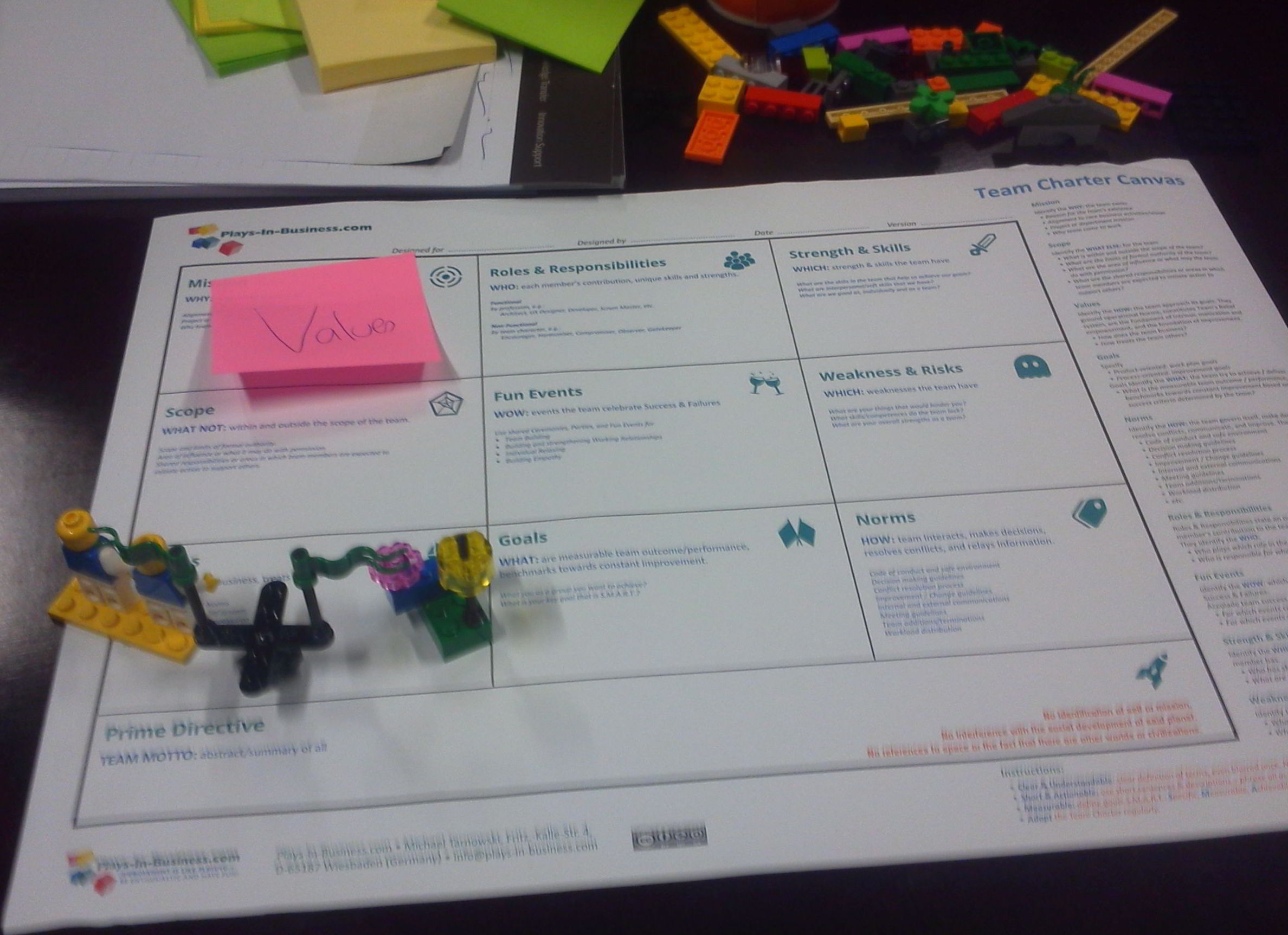
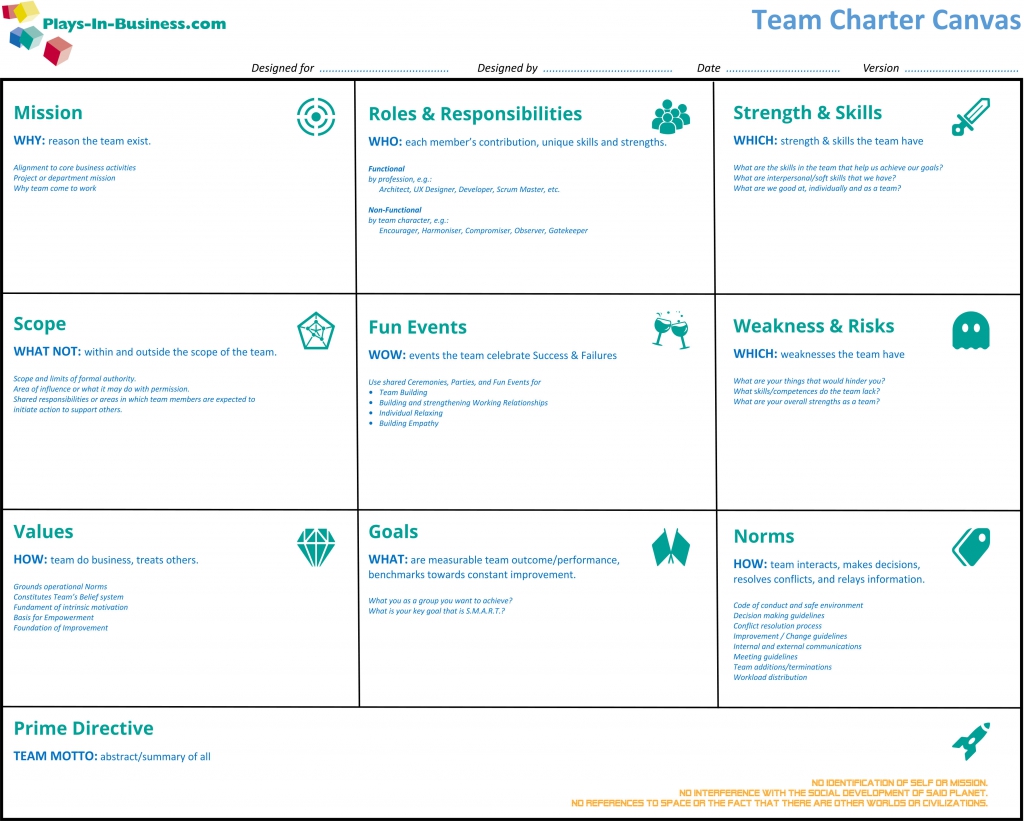
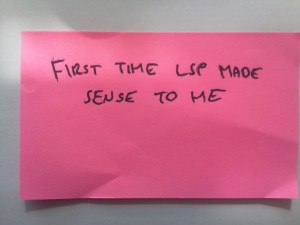
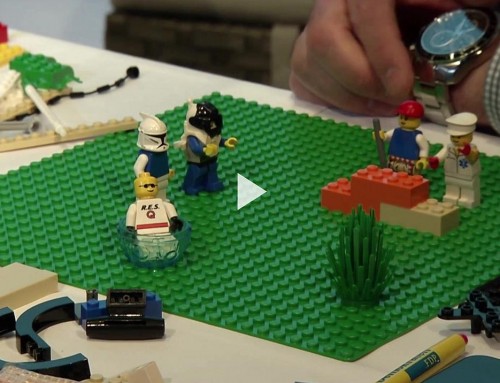
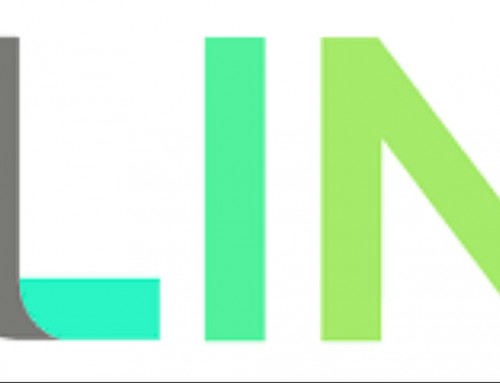

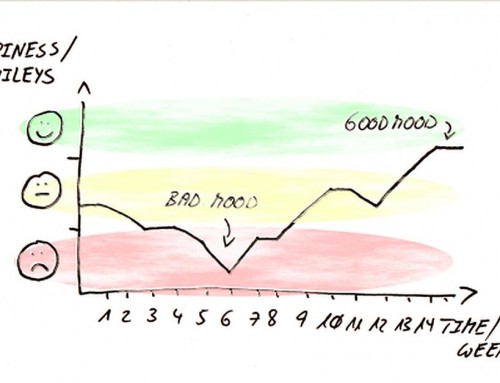
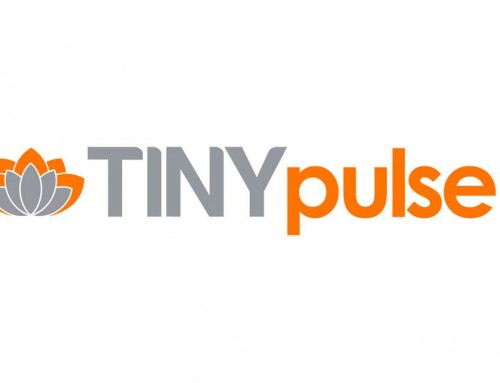
Leave A Comment